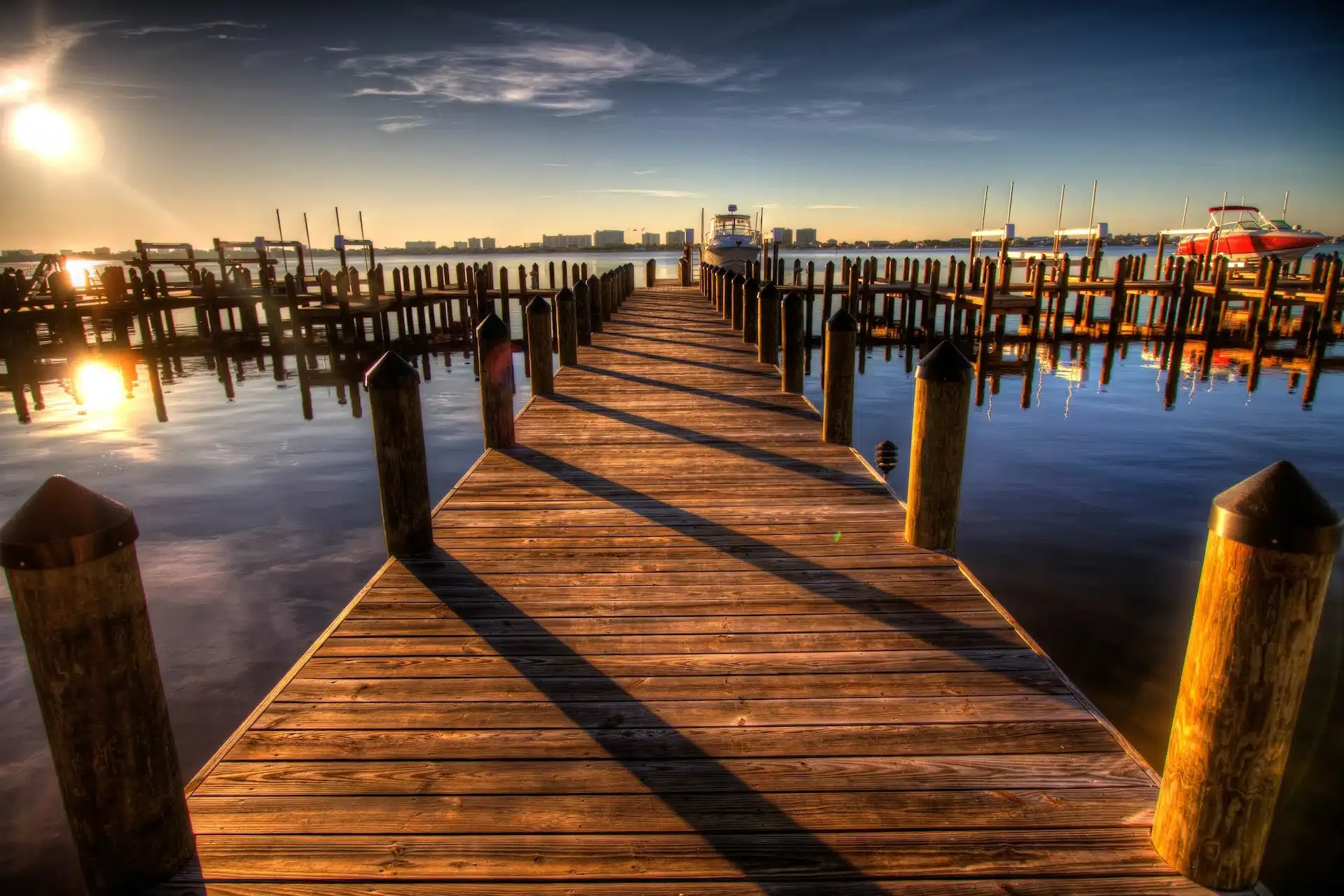Your dock serves as the gateway to the water, giving access to the aquatic environment and opening the doors for recreation, trade, and more. But dock construction can often have a negative impact on the environment it is built.
From disrupting the ecosystem to water pollution and habitat destruction, several issues must be aware of. As this awareness grows, it becomes important to take appropriate action.
In this article, we’ll consider some eco-friendly practices for dock construction that can help minimize environmental impact while offering the same functionality.
Site Selection & Design
The first step in constructing an eco-friendly dock is to be very careful about the size and design you set it up in.
Ideally, you’d go for a location with minimal impact on sensitive ecosystems and wildlife habitats. While all locations harbor aquatic wildlife, some spots are more prone to damage than others.
Working with an environmental expert and regulator can help you identify the right spots. Experts can better understand where you’re less likely to harm aquatic ecosystems or impede water flow patterns.
On top of that, you should opt for a design that minimizes the dock’s carbon footprint and supports local biodiversity. For example, floating docks are a better option for the environment because they allow water to flow naturally underneath. This way, they reduce the environmental impact like traditional fixed docks don’t.
Low-Impact Construction Techniques
During construction, it’s important to look for low-impact techniques to reduce the negative effects on the surrounding environment. For example, specialized equipment to prevent sediment runoff into the water can help you maintain the water quality.
Similar erosion control measures like silt barriers or sediment ponds keep debris from entering the water. This helps protect aquatic life.
Sustainable Materials
The choice of construction materials has a significant impact on the eco-friendliness of a dock.
The best material for dock construction comes from a recycled source, such as recycled plastic or wood. This way, you can prevent the consumption of finite resources and avoid deforestation.
Using recycled materials can reduce waste but also see the benefits of requiring less maintenance over time.
If you’re not using recycled material, opting for the biodegradable or recyclable options is better. For example, traditional docks are usually made of wood, which is organic and, thus, biodegradable.
Many floating docks are made of plastic, which is quite bad for the environment, but you can also opt for lightweight aluminum instead.
Habitat Restoration & Enhancement
Dock construction often involves changing or destroying natural habitats. You can incorporate habitat restoration and enhancement into the project to minimize this. This could be anything from planting native vegetation to establishing artificial reefs to enhance biodiversity.
Being aware of your negative impact and trying to offset it is important to environmental awareness.
Energy Efficiency
You should look at energy efficiency for docks that need lighting, power outlets, or any other energy source. It’s better to use renewable energy sources like solar panels and energy-efficient systems like low-power consumption devices to reduce the overall energy demand.
Remember that by building the dock, you are intruding on other species’ natural environment, and you should try to minimize your impact. By incorporating the above practices into your dock construction, you can get the benefits of a dock without compromising on sustainability.
Nor Col EZ Dock offers dock-building services for the best types of docks, EZ Dock. They also provide accessories that allow you to expand your floating dock and spruce up the platform. For more information, call (800) 654-8168.







